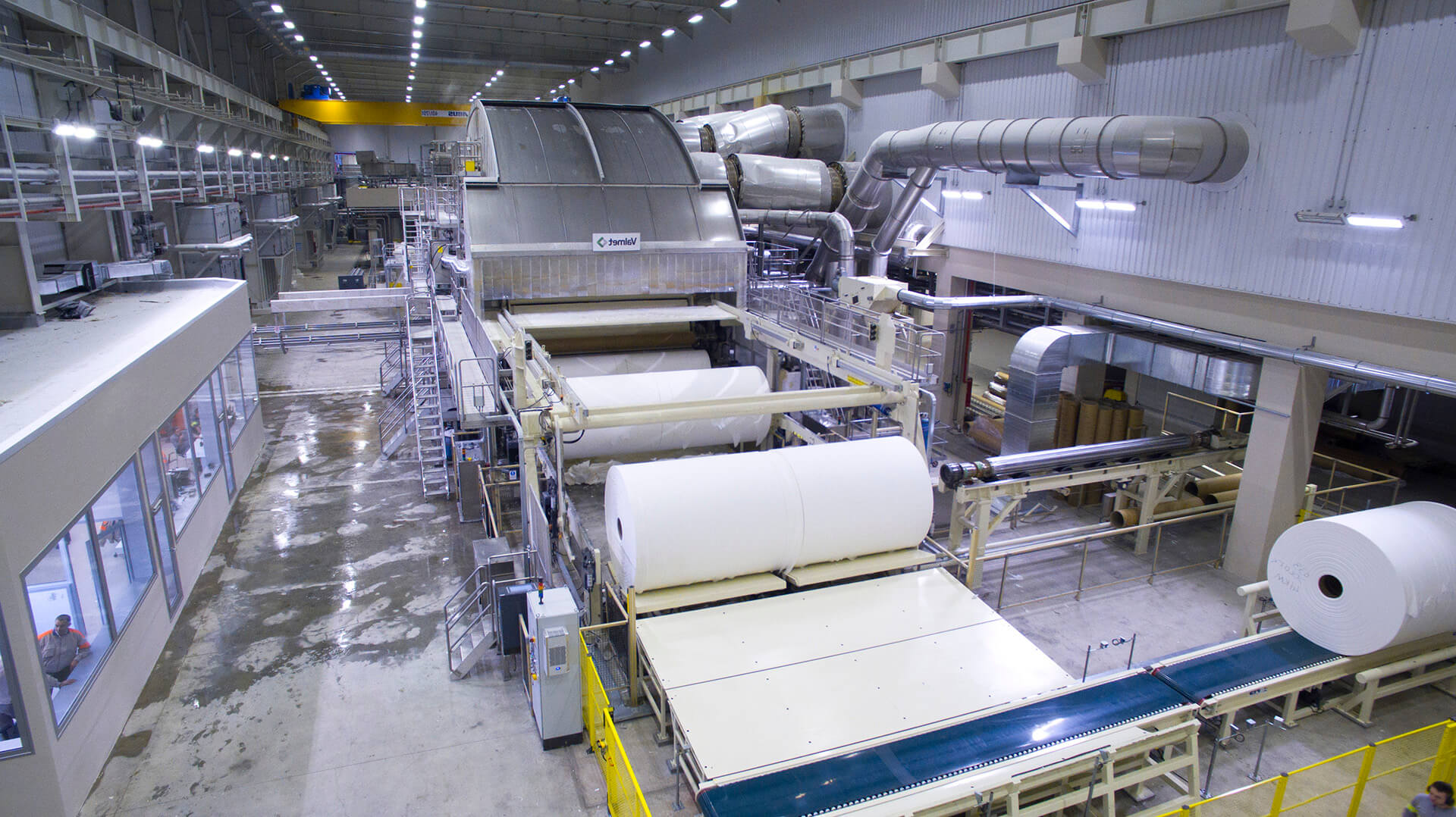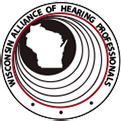Noise is one of the most common occupational exposures in developed and developing countries around the world.
The most well-understood health effect of excessive noise exposure, noise-induced hearing loss (NIHL), was recognized hundreds of years ago, but unfortunately remains one of the most common occupational diseases globally.
Continue Reading: Occupational Noise Exposure >
Table of Contents
Occupational noise exposure in the Paper Industry
In addition to Noise-induced hearing loss, a host of other health effects – including performance degradation, annoyance, cardiovascular disease, and injuries – are associated with occupational noise exposure (Basner et al. 2014; Cantley et al. 2015).
Occupational regulations typically specify an unprotected 8-hour time-weighted average exposure limit of 85 A-weighted decibels (dBA) to protect workers’ hearing ability (Arenas and Suter 2014).
Exposures in complex occupational settings such as paper mills may be continuous or variable, depending on their activities, location, and nearby equipment (Toppila et al. 2000).
Continue Reading: Types of Hearing Protection >
What to do if exposed to noise in the Paper Industry?
The law says that employers must control the risk of hearing damage from noise at work. If you cannot eliminate noise, you must reduce it as low as possible at the source. There are noise exposure limits that must not be exceeded.
The noise exposure limits are based on the combined amount of noise a person is exposed to, usually in an 8hr working day. The first stage is to work out what the likely noise exposure levels are in your workplace for workers based on the range of jobs they do.
There are noise calculators that can help a competent person within your workplace to work out what the likely exposure levels are.
A competent person should understand how to use a noise meter correctly, can interpret the results and understand what needs to be done and they should have an appreciation of the regulations covering noise in the workplace.
If noise is an issue within your workplace you will then need to work out what your action plan will be to tackle this. The best way of reducing noise in the workplace is to reduce it at the source.
Continue Reading: Noise Hazards at the Workplace >
Personalized Hearing Protection in the Paper Industry
Working in the pulp and paper industry, workers are frequently reminded to wear hearing protection and safety glasses. Most manufacturing areas mandate their use, and failure to comply with these rules frequently brings stern warnings or reprimands.
In general, hearing protection should have an SNR (Single Number Rating) of around 20. SNR is the measure of protection that describes how many decibels of sound the hearing protection will stop.
Fortunately, the use of Personal Protective Equipment (PPE) for sight and sound has almost become second nature to most Paper and Pulp plants.
However, there are still some plants that have not found a way to enhance a safe workplace by implementing a hearing conservation program.
Continue Reading: Hearing Protection At Work >
Steps employer needs to take to protect their employees in the Paper Industry
Noise affects virtually every workplace, no matter the size or sector. And without proper controls, exposure to noise can lead to many issues.
The most obvious impact is noise-induced hearing loss but stress, hypertension, poor sleep, and mental health, and physical injury due to communications challenges can all be linked to noise exposure.
One in five adults aged 19 to 79 already has mild hearing loss or more in at least one ear. Chances are, with time and continued exposure their hearing will worsen.
Continue Reading: Hearing Loss Symptoms, Causes, Prevention >
A noise regulation says employers must follow a “hierarchy of controls” to protect workers. Under this hierarchy, engineering controls and work practices come before personal protective equipment (PPE), such as earplugs and earmuffs.
- Assess the risks to employees from noise at work.
- Take action to reduce the noise exposure that produces those risks.
- Provide employees with hearing protection if noise reduction cannot be achieved through other methods.
- Make sure the legal limits on noise exposure are not exceeded.
- Provide employees with information, instruction, and training.
- Carry out health surveillance where there is a risk to health.
In many cases, employers did little to ensure the safety of their employees and often simply provided an occasional pair of earplugs, without training, guidance, or assessing their suitability.
Do I qualify for the compensation?
The hearing loss workers compensation program is available to compensate employees whose hearing has been impaired as a result of noisy work employment.
Workplace noise need not “cause” hearing loss. It only needs to contribute to the loss. Exposure to “noisy employment” for just 90 days may result in a compensable loss.
Always feel free to ask Johnson Law Offices about the process, the law, or an individual case. The legal, medical, and audio-metric questions that come into play in a hearing loss workers compensation claim can be complicated.
The claims require attention to detail mixed with an ability to work well with hearing-impaired retirees and their families, especially spouses, and their hearing health care professionals.
Continue Reading: When should I hire a Workers Comp Lawyer? >
Sources
- https://www.wisconsinhistory.org/Records/Article/CS2055
- https://www.hse.gov.uk/paper/noise.htm
- https://www.ncbi.nlm.nih.gov/pmc/articles/PMC4879593/
- https://hearinglossadvice.co.uk/affected-industries/paper-making-industry/
- https://www.sciencedirect.com/topics/materials-science/paper-industry
Contact Us
If you, or anyone you know, worked in noise and suffers from hearing loss, please do not hesitate to contact us.
Contact Us


